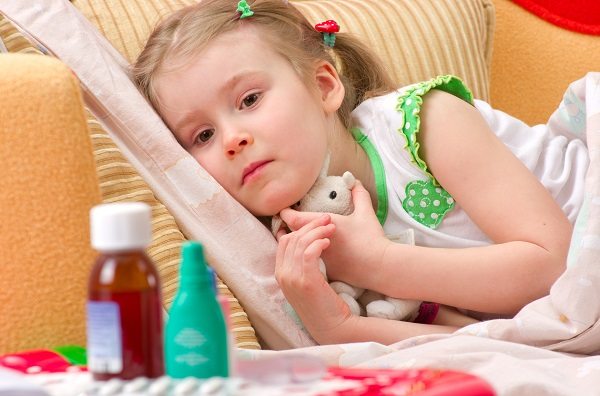With the news that Ireland has the highest prevalence of meningococcal meningitis and septicaemia in Europe, we’re on the lookout again for those signs and symptoms that something’s not right with our children.
Here’s all you need to know about meningitis and septicaemia.
What is it?
Meningitis is an inflammation in the lining of the brain. It can be caused by both bacterial organisms and viral organisms.
Bacterial meningitis and viral meningitis have similar symptoms but one is more serious than the other. Bacterial meningitis needs to be treated with antibiotics as soon as possible, so if you suspect any symptoms, see your GP or medical care team immediately.
How do I contract it?
Most people can carry the bacteria that cause meningitis at the back of their nose and throat and not know it’s there. However, if the bacteria is able to overcome the immune system it can pass through the nasal and throat tissue into the bloodstream, causing the sickness and symptoms to elevate.
What’s the connection between meningitis and septicaemia?
The risk of contracting meningitis or meningococcal septicaemia is small, even if you have been in contact with someone who has developed these infections. The bacteria that cause meningitis and septicaemia are common; most people come into contact with them at some point in their lives and not fall ill. The difference between them is that the bacteria that cause meningitis enter the bloodstream and travel straight to the meninges where they multiply and cause infection. But the bacteria that cause septicaemia multiply upon entering the bloodstream, releasing toxins that poison the blood. Although developing both diseases is not common, they can be very dangerous.
What are the symptoms?
Not all these symptoms may show at once, but once the bacteria overcomes the immune system, it will escalate quite quickly.
Symptoms to look out for are:
- Small red or brown pin-prick marks.
- Fever.
- Vomiting.
- Headache.
- Stiff neck.
- Irritation with bright lights.
- Septicaemic rash – blotchy patches that can look a little like bruises.
- Tumbler test: press a glass tumbler onto the skin. If the septicaemic rash doesn’t fade, then the illness is meningitis.
Symptoms to look out for in babies are:
- Tense or bulging fontanelle (the soft spot on the head).
- Blotchy or pale skin.
- Refusing to feed.
- Fretfulness with a shrill or moaning cry when picked up.
- Stiff body with jerky movements.
- Floppy body.
How can I prevent it?
There is no vaccine for all strains of meningitis; however, there is a vaccine available for Group C Meningococcal Disease. It is included in the Primary Childhood Immunisation Programme and is offered to all infants, and available free of charge for people up until the age of 23. In addition, a vaccine to protect against Men B was introduced into the primary programme in October 2016 for all new babies; older children who have not received it can opt to have it privately (at their own expense) at a GP’s surgery.
It’s important to have your children vaccinated against these dangerous diseases, but it’s equally as important to know the symptoms as not all strains can be guarded against.
If you notice any of the symptoms above, don’t hesitate to contact your GP or medical care team.









